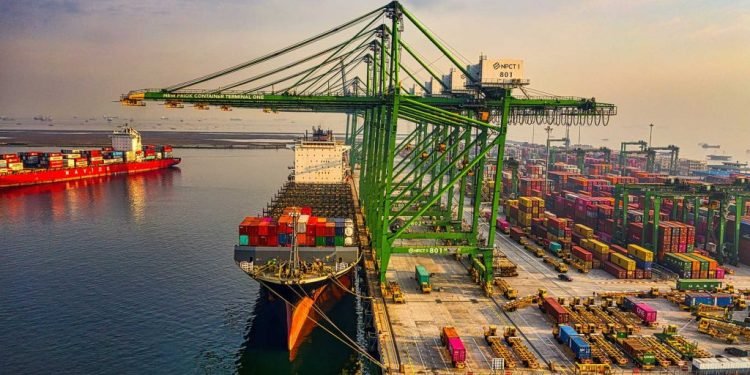A Transformative Era
The global connected logistics market is projected to grow from USD 12.5 billion in 2023 to USD 20 billion by 2030, at a compound annual growth rate (CAGR) of 7%. This growth highlights the transformative impact of digital technologies on supply chain efficiency and transparency.
Driving Factors
- Technological Advancements: IoT, big data analytics, and cloud computing are revolutionizing logistics operations by improving real-time tracking, route optimization, and predictive analytics.
- E-commerce Expansion: The surge in online shopping is driving demand for sophisticated logistics systems to manage complex delivery networks efficiently.
- Cost Optimization: Connected logistics solutions enable businesses to reduce shipping, inventory, and storage costs, enhancing profitability.
Regional Highlights
- North America: Leading the market with robust logistics infrastructure and early adoption of technologies.
- Asia-Pacific: Expected to witness the fastest growth due to rapid industrialization and booming e-commerce activities in countries like China and India.
Applications Across Industries
- Retail and E-commerce: Real-time tracking and inventory management to meet customer expectations.
- Healthcare and Automotive: Streamlined supply chains to ensure timely delivery of critical goods.
Challenges to Address
- Cybersecurity Risks: Increasing connectivity heightens exposure to potential cyber threats.
- Standardization Issues: A lack of uniform integration protocols can hinder seamless operations across platforms.
Future Outlook
As businesses strive for operational excellence and cost-efficiency, connected logistics is becoming an essential element of modern supply chains. With ongoing technological advancements and strategic investments, the sector is poised for sustained growth, transforming global logistics and supply chain management in the years to come.























